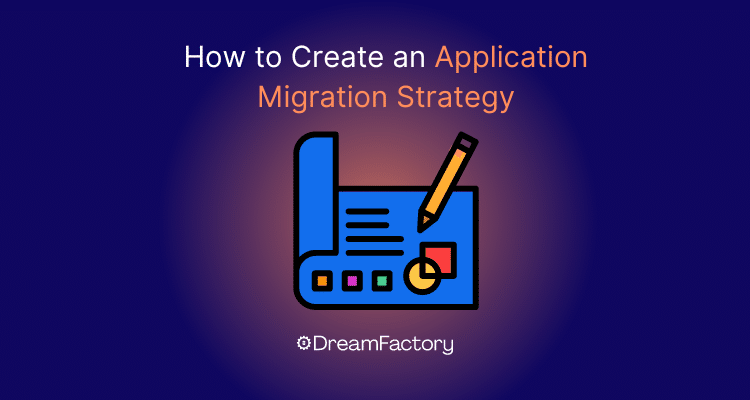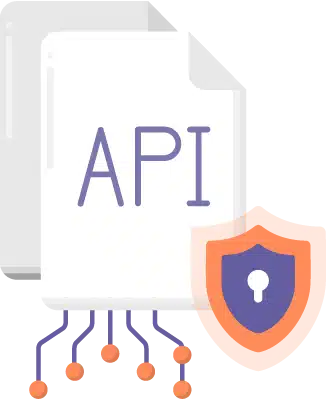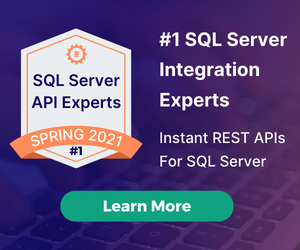How to Create an Application Migration Strategy
by Spencer Nguyen • March 19, 2024

Creating an effective application migration strategy is crucial for organizations seeking to migrate their applications to a new environment, such as a cloud platform or a different on-premises infrastructure. A well-planned migration strategy ensures a smooth transition, minimizes downtime, and mitigates potential risks and challenges.
Here's what you need to do in order to create an application migration strategy:
- Assess your current application landscape and infrastructure
- Identify migration goals and requirements
- Develop a comprehensive migration plan
- Implement robust testing and validation processes
- Establish a communication and change management strategy
Table of Contents
- What Is Application Migration?
- How to Create an Application Migration Strategy
- 1. Assess Your Current Application Landscape
- 2. Identify Migration Goals and Requirements
- 3. Develop a Comprehensive Migration Plan
- 4. Implement Testing and Validation Processes
- 5. Establish Communication and Change Management Strategies
- Using Automated Migration Tools to Streamline the Process
- FAQs

Generate a full-featured, documented, and secure REST API in minutes.
Generate a full-featured, documented, and secure REST API in minutes.
What Is Application Migration?
Application migration refers to the process of moving an application or a set of applications from one environment to another. This can involve migrating applications to a new infrastructure, such as a cloud platform, or upgrading to a newer version of the application or operating system. Application migration is often driven by factors such as technology obsolescence, the need for improved performance, scalability, or cost optimization.
Migrating applications can involve several scenarios. In some cases, it entails transitioning applications to a new infrastructure, such as migrating from on-premises data centers to cloud platforms like Amazon Web Services (AWS), Microsoft Azure, or Google Cloud Platform (GCP). This migration enables organizations to leverage the scalability, agility, and cost-effectiveness of cloud computing.
In other instances, application migration involves upgrading to newer versions of the application or operating system. As software vendors release updates and patches to address security vulnerabilities, enhance features, or improve compatibility, organizations must migrate their applications to these newer versions to remain supported and benefit from the latest improvements.
How to Create an Application Migration Strategy
Here's how to create an effective application migration strategy:
1. Assess Your Current Application Landscape
Before embarking on an application migration journey, it's crucial to gain a comprehensive understanding of your existing application ecosystem. This involves conducting a thorough assessment to identify all applications currently in use, their interdependencies, and their criticality to your organization's operations. Think of your applications as a complex web, with various components interconnected and supporting different business functions. By meticulously mapping out this landscape, you can unravel the intricate relationships and dependencies that exist between applications.
Additionally, this assessment should extend beyond just the software components. It's essential to document the underlying infrastructure, including hardware resources, software platforms, and network configurations that support your current applications.
2. Identify Migration Goals and Requirements
With a clear picture of your current application stack, the next step is to establish the driving forces behind the migration. These goals and requirements serve as the guiding light for your migration strategy. Perhaps your organization aims to improve application performance, increase scalability to accommodate growing demands, or reduce operational costs by leveraging cloud technologies. Or maybe you're driven by the need to enhance security posture or comply with evolving regulatory requirements.
3. Develop a Comprehensive Migration Plan
Armed with a deep understanding of your current application landscape and the goals you wish to achieve, it's time to develop a comprehensive migration plan. This plan should serve as a roadmap, guiding you through the migration process and ensuring a coordinated, structured approach.
At the core of your migration plan should be the migration approach itself. Will you opt for a "lift-and-shift" strategy, where applications are moved to the new environment as-is? Or will you pursue a more involved approach, such as re-platforming or refactoring, to modernize your applications and leverage the full potential of the target environment?
Your migration plan should also prioritize the applications to be migrated, taking into account their criticality, dependencies, and complexity. Consider a phased approach, dividing the migration into waves or phases to manage risk and minimize disruptions.
4. Implement Testing and Validation Processes
Testing and validation are critical components of a successful migration strategy. Imagine the migration process as a bridge, where your applications must traverse from one environment to another. Thorough testing and validation ensure that your applications arrive at the destination intact, functioning as expected, and seamlessly integrated with the new environment.
Establish robust processes for testing applications in the target environment, validating their functionality, performance, and compatibility with other systems. This may involve creating test environments that mimic the production environment, enabling comprehensive testing scenarios before deploying the migrated applications.
5. Establish Communication and Change Management Strategies
While the technical aspects of application migration are undoubtedly crucial, it's equally important to address the human element. Effective communication and change management strategies are essential for ensuring a smooth transition and minimizing disruptions to your organization's operations.
Develop a comprehensive communication plan to keep stakeholders informed about the migration progress, potential impacts, and any necessary actions they need to take. Regular updates and transparent communication can help manage expectations and foster a sense of ownership among those affected by the migration.
Using Automated Migration Tools to Streamline the Process
Automated migration tools can significantly streamline the application migration process by automating various tasks, reducing manual effort, and minimizing the risk of errors. These tools can assist with application discovery, dependency mapping, compatibility analysis, and automated code conversion or refactoring. By leveraging these tools, organizations can accelerate the migration process, ensure consistency, and reduce the overall migration effort and costs.

Generate a full-featured, documented, and secure REST API in minutes.
Generate a full-featured, documented, and secure REST API in minutes.
DreamFactory Application Migration Services
At DreamFactory, our powerful API generation capabilities play a pivotal role in streamlining the application migration process. By leveraging our platform, organizations can:
- Automatically generate APIs for legacy applications, exposing their functionality and data in a modern, standardized format. This enables seamless integration with new cloud environments or updated systems during migration.
- Rapidly create APIs that act as abstraction layers, decoupling the front-end user interfaces from the backend systems. This architectural approach simplifies the migration process by separating concerns and reducing dependencies.
- Utilize pre-built connectors and templates to quickly generate APIs that integrate migrated applications with third-party services, databases, and other external systems, ensuring end-to-end connectivity in the new environment.
- Enforce consistent API governance, security, and access control policies across all generated APIs, ensuring compliance and data protection throughout the migration process.
- Leverage automatic SDK generation for generated APIs, accelerating the development of new client applications or user interfaces that consume the migrated application functionality.
By harnessing DreamFactory's API generation capabilities, organizations can abstract away complexities, decouple components, and establish a modern, flexible integration layer during the application migration process. This approach not only simplifies the migration itself but also lays the foundation for future agility.
Want to give it a try? Check out our free lab here!
FAQs
What are the common challenges faced during application migration?
Some common challenges faced during application migration include compatibility issues, data integrity concerns, application dependencies, downtime and performance impacts, and resistance to change from end-users. Proper planning, testing, and change management strategies can help mitigate these challenges.
How long does an application migration typically take?
The duration of an application migration can vary significantly depending on the complexity of the applications, the migration approach chosen, the number of applications being migrated, and the resources allocated to the project. It's essential to conduct a thorough assessment and develop a detailed migration plan to estimate the timeline accurately.
What are the benefits of migrating applications to the cloud?
Migrating applications to the cloud can offer several benefits, including scalability, cost optimization, improved performance, enhanced security, and increased agility. Cloud platforms also provide access to advanced services and features, enabling organizations to leverage modern technologies and stay competitive.
TL;DR - GET AN AI SUMMARY
AI SUMMARY
READY TO BUILD YOUR API?
See how DreamFactory can automatically generate REST APIs for your database in minutes.
Try DreamFactory FreeAs a seasoned content moderator with a keen eye for detail and a passion for upholding the highest standards of quality and integrity in all of their work, Spencer Nguyen brings a professional yet empathetic approach to every task.
























